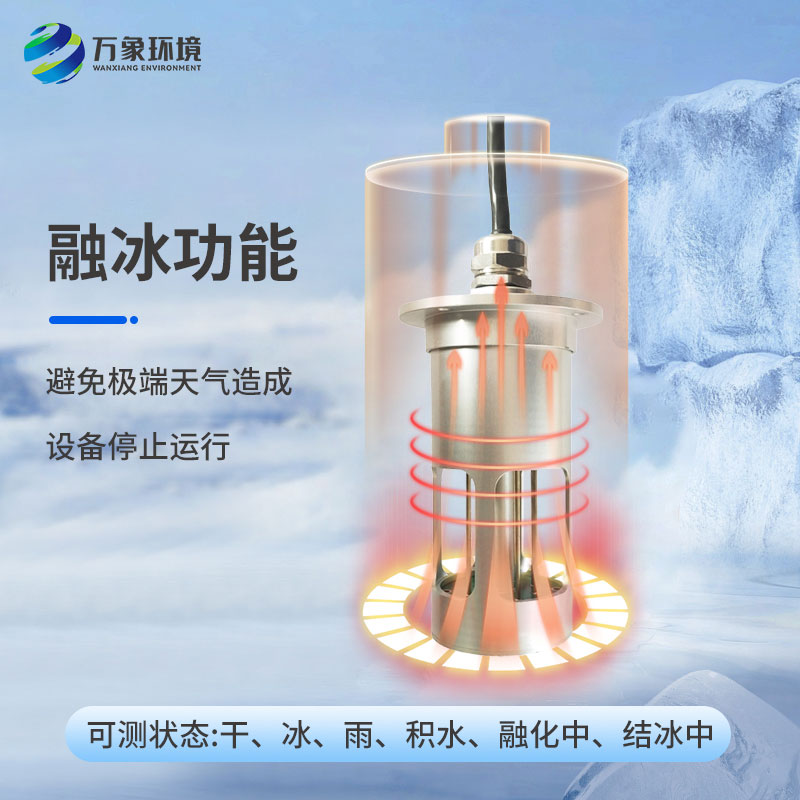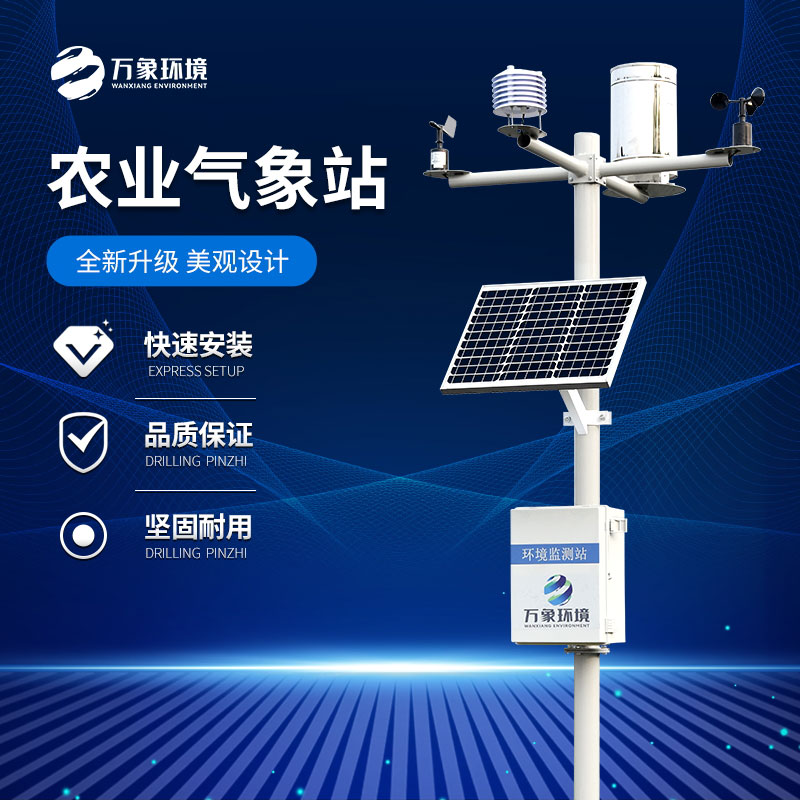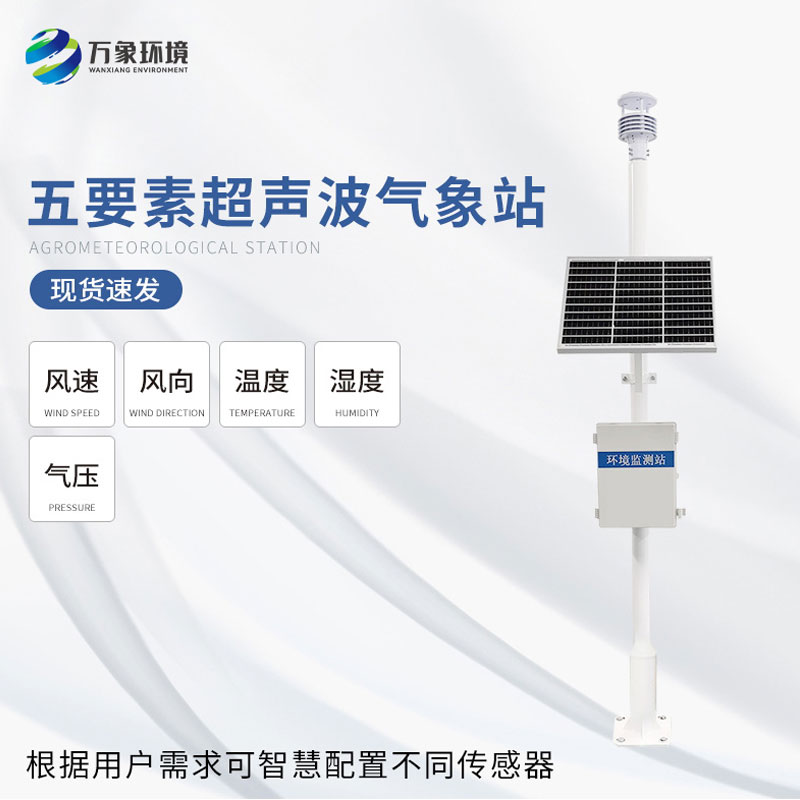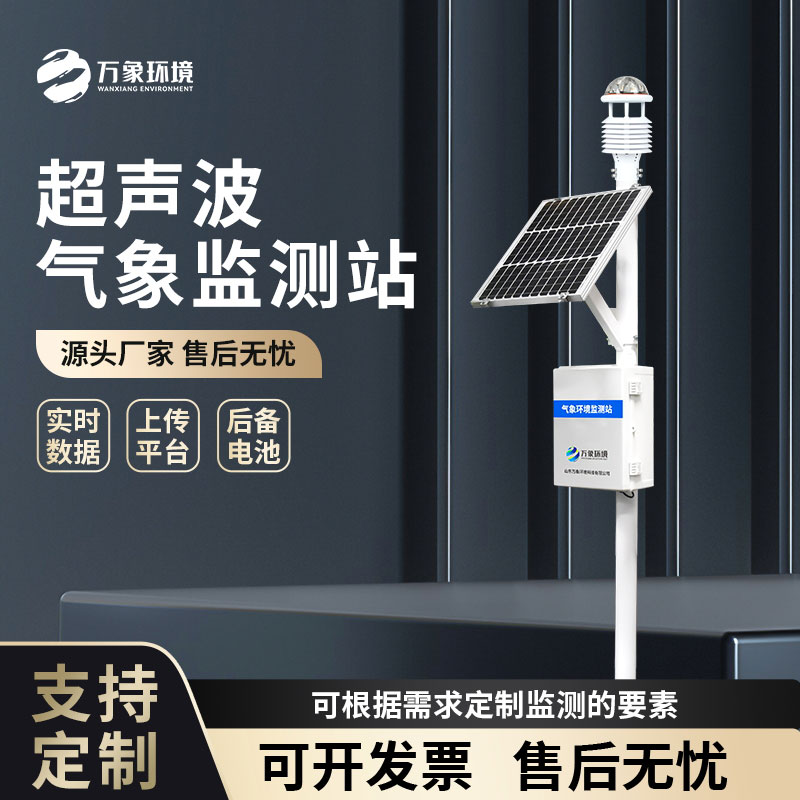Snow-covered, beautiful but also hidden crisis in the winter, when the snow falls on the vast land, to the world covered with a layer of white coat, for the stable operation of the power system, it is not a small test. Especially those through the mountains, across rivers, lakes and seas of the transmission line, once encountered serious ice phenomenon, not only may lead to excessive line bearing and fracture, but also may cause short circuit, tripping and other faults, seriously affecting the normal conduct of residential electricity and industrial production. In this context, the transmission line icing sensor came into being and has become the "patron saint" of power grid security in ice and snow weather.
Whenever winter comes, especially in the northern regions, freezing of the WX-JB1H transmission line has become a problem that cannot be ignored. The thick ice not only increases the load of the line, but also may cause deformation or even fracture of the line due to the principle of thermal expansion and cold contraction. At the same time, the ice may also sway with the wind, causing short circuits between the lines. These potential risks pose a great threat to the stable operation of the power grid.
The transmission line icing sensor is a high-tech product developed based on such a background. Using advanced sensing technology and data processing algorithms, it is able to monitor changes in temperature and humidity on the surface of the line in real time, as well as the thickness and growth rate of the ice. Once signs of icing are detected, the sensors immediately trigger an early warning system, sending alerts to operations personnel, including the extent of icing, location, and possible impact area, buying valuable time for timely response measures.
After receiving the early warning, the power department can quickly start an emergency plan, use remotely controlled deicing equipment or send professionals to the scene, according to the ice situation to take physical percussion, thermal ice melting or chemical ice melting and other targeted measures, effectively avoid the line caused by ice failure. This process not only improves the efficiency of deicing, but also greatly reduces the consumption of human and material resources, ensuring the safe and stable operation of the power grid.

Article address:
http://www.qxhjjc.com/en/newcen/1274.html


















 Home
Home phone
phone Product Overview
Product Overview Contact Us
Contact Us